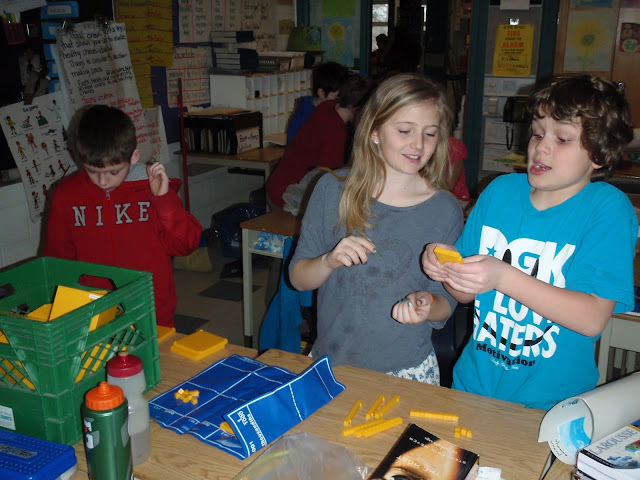The word Bansho comes from the Japanese word meaning "blackboard". A bansho is used in math to display student work.
"To make public the mathematical thinking students use to solve problems, teachers need a way of organizing the work so everyone can see the range of student thinking. Such organization lets students see their own thinking in the context of the similar thinking of others. Students are expected to follow and be able to describe all the work represented – not just their own. They listen to the explanation of other students and restate, in their own words, the strategies the other students used.
The bansho process uses a visual display of all student solutions, organized from least to most mathematically rich. This is a process of assessment forlearning and lets students and teachers see the full range of mathematical thinking used to solve the problem. Students have the opportunity to see and hear many approaches, and they are able to consider strategies that connect with the next step in their conceptual understanding of the mathematics. " (Professionally Speaking)
This way, students are gaining an understanding of math (in today's case, division) not simply by memorizing an algorithm but by finding their own strategies so they own their knowledge.
Today in math, students were given two problems to solve with a group, or with a partner. Through investigation, students developed their own strategies for dividing three-digit numbers. I did not teach them division yet, nor did I suggest that the operation required was division. Ask your child to describe the strategies to you.
The strategies posted below are not organized in any particular order, such as from least to most mathematically rich.
Made a model using base ten materials
Used multiplication
Repeated addition
Short division
Make an array
Make a model - divide into equal groups
Draw a model of base ten
Break down the number - partial product division
They drew equal size graphs - we ran out of time, but I am eager to hear their explanation.








































.jpg)


.jpg)
.jpg)














